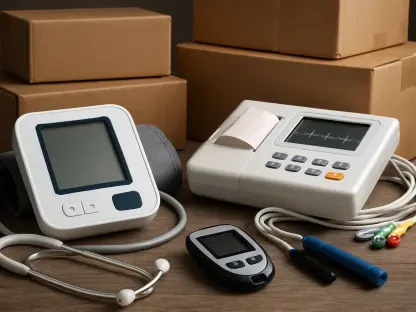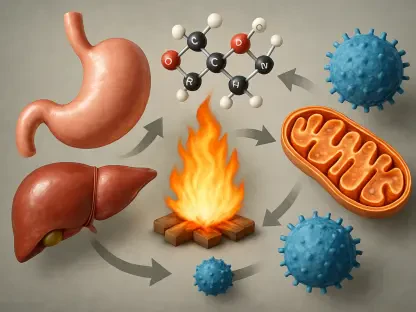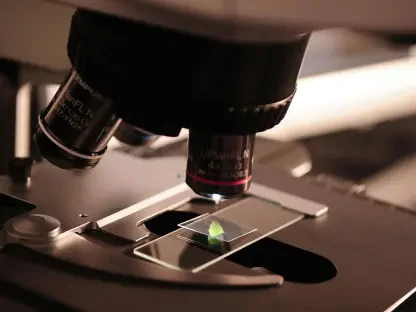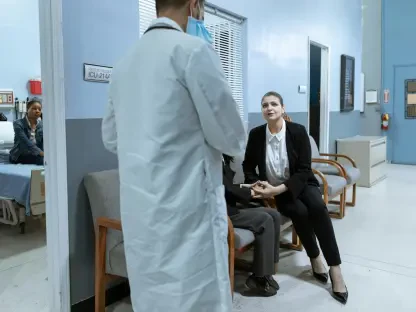As cardiac care technologies evolve, pulsed field ablation (PFA) emerges as a promising advancement with the potential to overhaul ventricular tachycardia (VT) treatment. Field Medical, under the leadership of its inventive founder, is poised to leverage this technology not only for innovation in cardiology but also to potentially reshape global market dynamics.
Market Landscape and Dynamics in Cardiac Innovations
The market for VT treatment has been evolving steadily, influenced by breakthroughs in medical technologies. Historically, solutions such as antiarrhythmic drugs and radiofrequency ablation have offered partial relief, often with the downside of incomplete ablation or collateral damage. The advent of PFA marks a pivotal shift—offering precise targeting of cardiac tissue with reduced risks. Medtronic and Boston Scientific have already set a precedent in using PFA for atrial fibrillation, highlighting a transformative potential in cardiology.
Field Medical has capitalized on these advancements with its innovative FieldForce cardiac ablation system. Recognizing the serious dangers posed by VT, Field Medical aims to fulfill an unmet need in medical treatment by combining technology with strategic financial backing. With an impressive $35 million secured in Series B funding, the company aims for targeted advancements in VT, indicating investor confidence and sector growth opportunities.
Strategic Insights and Industry Considerations
Key to Field Medical’s strategy is the deployment of PFA technology, which is already demonstrating effectiveness in treating atrial conditions. By reducing complications like esophageal damage faced in conventional ablation practices, Field Medical is steering the field toward safer and more efficient VT treatments. Evaluations of electrophysiology practices indicate that PFA’s broader adoption could mean enhanced success rates with lower procedural risks, yet challenges remain in clinician training and technological adaptation.
In advancing its technology, Field Medical will navigate regulatory processes and emergent competition from other market players focused on similar technology innovations. Differences in healthcare infrastructures across regions may also impact adoption rates, making it essential for companies like Field Medical to consider strategic positioning and local partnerships to enhance market penetration.
Projections and Future Market Evolution
Projections for the cardiac treatment market indicate that the integration of innovations like the FieldForce system could significantly alter the landscape. Enhanced funding provisions and strategic partnerships will likely drive the momentum of PFA adoption. With continued evolution in regulatory frameworks anticipated, following patterns established for atrial fibrillation treatments, the trajectory points toward increasing application of VT-specific solutions in clinical practice.
Industry leaders are optimistic about the potential shift in VT treatment paradigms, suggesting that Field Medical’s implementations could redefine procedural and treatment benchmarks. This forward momentum will necessitate ongoing attention from stakeholders, ensuring the alignment of healthcare provisions with technological advancements to maximize patient care outcomes.
Reflections and Strategic Recommendations
The transformative journey embarked upon by Field Medical in harnessing PFA technology for VT treatment has showcased the profound implications of cardiac innovation. By focusing on safety and efficiency, the company set a new standard in VT care. Embracing these technological shifts required strategic alignment, combining investment with research and development efforts.
As a result of navigating these dynamics, industry stakeholders found that the promise held by PFA demanded a concerted approach across research, regulation, and clinical practice development. Future strategies pointed to the need for fostering collaborations and adapting healthcare systems to fully embrace these changes, ensuring that the most advanced care solutions were accessible to patients worldwide.









